#urbanfarm
Explore tagged Tumblr posts
Photo

The best way to plan a city is to start with parks. . .
#city#urban#walkable#parks#citylife#urbanjungle#urbangarden#urbanlife#citywalk#cityscapes#urbanfarming#cityliving#urbanism#bigcity#thecity#cityvibes#cityoflove#parksandrec#urbanfarm#citypark#urbanliving#citylove#urbanculture#cityparks#citytours#urbanpark#urbangardens#urbandevelopment#cityplanning
9 notes
·
View notes
Text
Michigan Urban Farming Initiative






#northend#mufi#michiganurbanfarminginitiative#urbanfarming#urbanfarm#fisherbuilding#sustainability#carfree#walkingdetroit
8 notes
·
View notes
Text
#microgreens#healthyfood#organic#vegan#urbanfarming#food#microgreen#superfood#microgreensfarm#healthy#foodie#vegetarian#healthylifestyle#nutrition#eatlocal#sprouts#urbanfarm#foodporn#salad#farmtotable#plantbased#verticalfarming#vegetables#supportlocal#growyourownfood#indoorfarming#greens#localfood#homegrown#hydroponics
0 notes
Photo
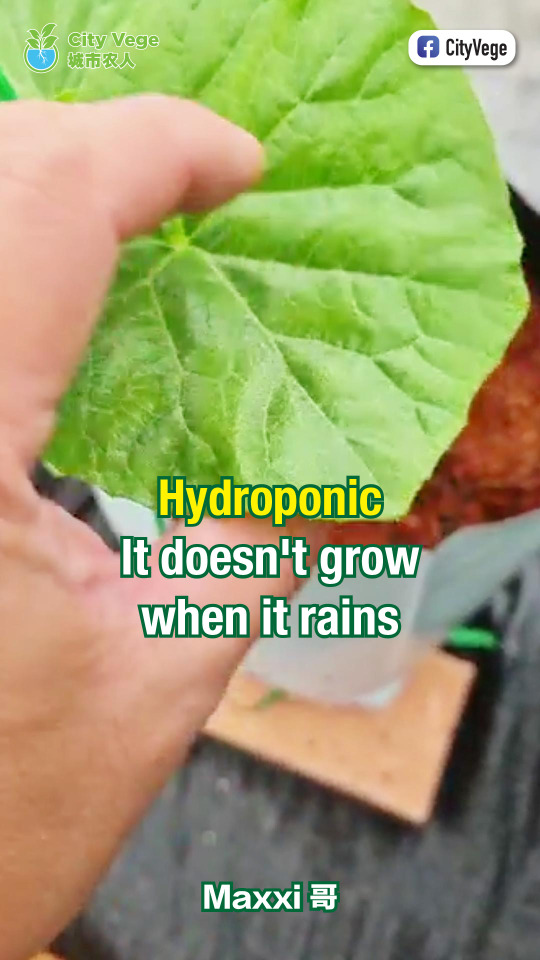
【CityVege】Hydroponic It doesn't grow when it rains https://youtube.com/shorts/NcLXszY3QHA
#hydroponics #farming #urbanfarm
0 notes
Text

Quails are incredibly prolific egg layers, producing 5-6 eggs per week starting at just 8 weeks old. Learn more about th...
5 notes
·
View notes
Text
Global Aquaponics Market: Growth, Trends, and Forecast (2023-2030)
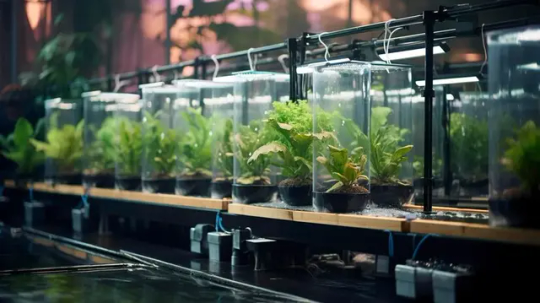
Aquaponics, a sustainable farming method that combines aquaculture and hydroponics, is poised for remarkable growth. With a projected market value of USD 3.9 billion by 2030, growing at a CAGR of 14.15%, it offers an efficient way to produce both fish and plants. This eco-friendly solution uses minimal water and no soil, making it ideal for urban settings and regions with limited resources. With innovations in AI and IoT technology, aquaponics systems are becoming more accessible and efficient, paving the way for a greener future in agriculture.
Learn more.
For Downloade Sample Report.
2 notes
·
View notes
Text
Market Report on Vertical Farming Products: Understanding Size, Share, and Growth Trajectories
The global vertical farming market size is expected to reach USD USD 24.95 billion by 2030, according to a new report by Grand View Research, Inc. It is expected to expand at a CAGR of 20.1% from 2023 to 2030. Increased use of Internet of Things (IoT) sensors for producing crops is likely to spur market demand over the forecast period. Information obtained from the sensors is stored on the cloud and analyzed to perform the required actions. The growing automation in agriculture and increasing use of big data and predictive analytics for maximizing yields are also likely to drive the market.
Vertical farming is effective in ensuring stability in crop production and maintaining reliability even in adverse climatic conditions. It provides multiple benefits over the traditional farming technique, such as less use of water, the lesser need for agrochemicals, and low dependence on agricultural labor. Vertical farming makes use of metal reflectors and artificial lighting to maximize natural sunlight.
Genetically modified organisms and the environmental and health effects of pesticides and other non-natural substances that are used for increasing agricultural production have encouraged consumers to adopt organic foods. According to the Organic Trade Association, the U.S. organic industry sales increased by around 5% in 2019 owing to the increased investment in infrastructure and education. As per the Organic Foods Production Act of 1990, the handlers and growers of organic products need to comply with the regulations.
Artificial lighting helps in extending the hours of natural daylight, which further increases the health, growth rate, and yield of the plants. Artificial lighting such as high-pressure sodium lighting and LED lighting can extend the availability of crops (throughout a season). LED lighting systems produce a dual-band color spectrum and generate low heat. They are anticipated to witness significant growth over the forecast period.
A hydroponic system is a method of growing plants without soil. A hydroponic system eliminates the need for pesticides and artificial ripening agents and helps in producing nutritionally-rich vegetables. However, factors such as high initial investment and fewer crop varieties are likely to restrain the market growth.
For More Details or Sample Copy please visit link @: Vertical Farming Market Report
Vertical Farming Market Report Highlights
The escalating production of biopharmaceutical products is anticipated to drive the market
The shipping container segment accounted for the largest market share in 2022. Shipping container-based farming uses less water than traditional farming with drip irrigation. Shipping containers can be easily stacked, modified, recycled, and refurbished at a lower cost. Additionally, the excess availability of unused shipping containers across the region will likely influence segment growth over the forecast period
The hardware segment accounted the largest market share in 2022. The hardware plays a significant role in maintaining the environment of the indoor farms. The segment is further categorized into climate control systems, lighting systems, sensors, and irrigation systems, which enables the cultivation of indoor-grown crops
The fruits vegetables, & herbs segment is also expected to have considerable growth over the forecast period. The increasing cultivation of commonly grown fruits and vegetables in greenhouses is driving the segment growth. Crops grown in vertical farming provide maximum profit to companies involved in their cultivation
Based on offering, the climate control segment is expected to witness high growth over the forecast period as the growth of crops can be controlled by monitoring and adjusting the concentrations of minerals
By growing mechanism, the aeroponics segment is expected to observe considerable growth over the forecast period as the aeroponics facilitate fast growth in plants (under normal conditions)
The North American regional market is expected to witness significant growth over the forecast period owing to the expansion of small-scale, commercial vertical farms
Gain deeper insights on the market and receive your free copy with TOC now @: Vertical Farming Market Report
We have segmented the global vertical farming market report based on structure, growing mechanism, crop category and region.
#VerticalFarming#UrbanAgriculture#SustainableFarming#AgTech#Hydroponics#Aeroponics#SmartFarming#ControlledEnvironmentAgriculture#FoodSecurity#GreenTech#UrbanFarming#CropProduction#InnovativeAgriculture#SustainableDevelopment#ClimateSmartAgriculture#AgriTechTrends#VerticalFarmingGrowth#AgriculturalInnovation#FutureFarming#ResourceEfficientFarming
2 notes
·
View notes
Text
2 notes
·
View notes
Text
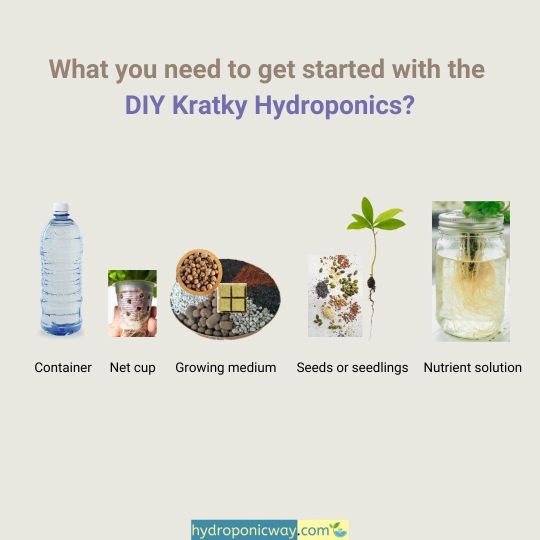
Learn more: https://hydroponicway.com/how-to-grow-plants-with-the-kratky-hydroponics
The Kratky hydroponic growing technique is simple, effective and easy to use.
However, it can be improved upon with these tips.
#sustainability#gardening#farming#hydroponicfarming#hydroponics#hydroponicsystem#gardeningtips#verticalfarming#aeroponics#aquaponics#agriculture#agriculturetechnology#agritechnology#garden#indoorfarming#sustainable#gardening101#agritech#urbanfarming#verticalgarden#indoorgarden#future#diy#food#healthyfood#hydroponic#hydroponicgarden#growlight
10 notes
·
View notes
Photo

We're on a mission to create more walkable cities by bringing the return of parks and green spaces. Join us! . .
#city#urban#walkable#parks#citylife#urbanjungle#urbangarden#urbanlife#citywalk#cityscapes#urbanfarming#cityliving#urbanism#bigcity#thecity#cityvibes#cityoflove#parksandrec#urbanfarm#citypark#urbanliving#citylove#urbanculture#cityparks#citytours#urbanpark#urbangardens#urbandevelopment#cityplanning
1 note
·
View note
Text
Keep Growing Detroit



Just beyond the sheds of Eastern Market, you'll find an urban farm on Orleans Street. I've biked by Keep Growing Detroit many times and have always admired this urbanist effort to provide healthy food to the community.
Check out their events and Garden Resource Program- my dream is to have a little farm of my own one day!
#keepgrowingdetroit#urbanfarm#urbanfarming#easternmarket#detroit#vegan#garden#bikedetroit#livcycling#carfree#walkingdetroit#urbanism
6 notes
·
View notes
Text

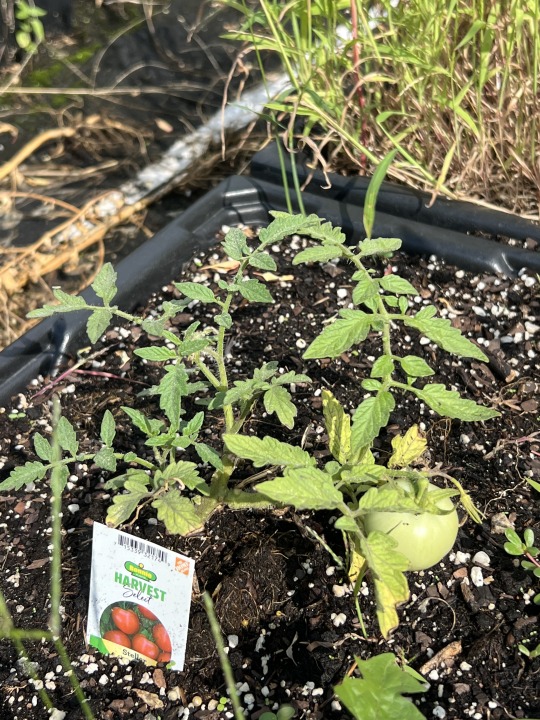

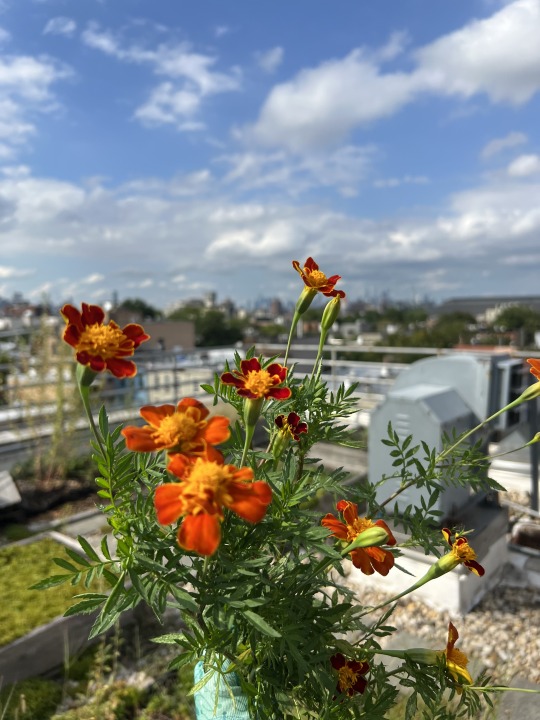
🌼🏡 Exciting News! Tenant Join Us! 🏡🌼
We're thrilled to announce a blooming new addition to our community – our tenants have joined hands for a fantastic gardening venture! 🌱💚 From planting vibrant flowers to creating stunning bouquets, our residents are embracing the joy of gardening together. 🌸🌿
🌿😊 Weeding might be a chore for some, but for us, it's a chance to bond, laugh, and make our housing program even more beautiful. Together, we're turning every weed-pulling session into an opportunity for connection.
🌼✨ Let's sow the seeds of friendship, nurture the bonds of togetherness, and watch our garden – and our community – flourish. 🌱💫 🏡🌸
#urban farming#community gardening#blooming#urbanfarming rooffarm brookyn awesome green#housing program#urban agriculture
4 notes
·
View notes
Text


It’s been cold and gross out but the ducks always love a fresh pool of water to bath in.
5 notes
·
View notes
Photo

【CityVege】Type A NFT System Start Porting to The System https://youtube.com/shorts/lyHwMQ1B9m8
#hydroponics #farming #urbanfarm
1 note
·
View note
Photo

Chilling in the garden this morning #urbanfarming #fox #redfox #fantasticmrfox #wildlife #conservation #ecology (at Paisley Honey) https://www.instagram.com/p/Cq47Kb9orw_/?igshid=NGJjMDIxMWI=
9 notes
·
View notes
Text

Jan 25, 2025 - Sinnerhella.
2 notes
·
View notes